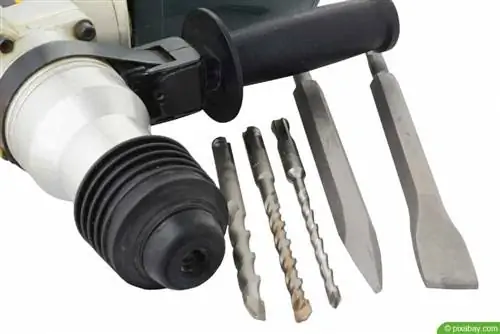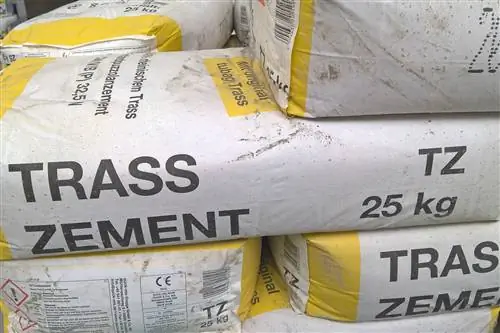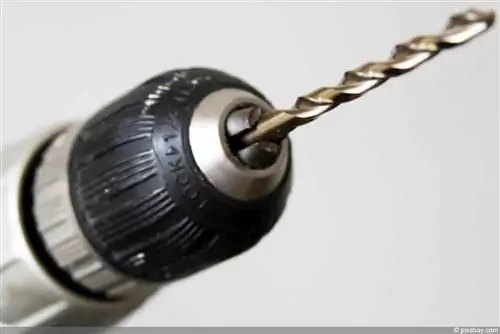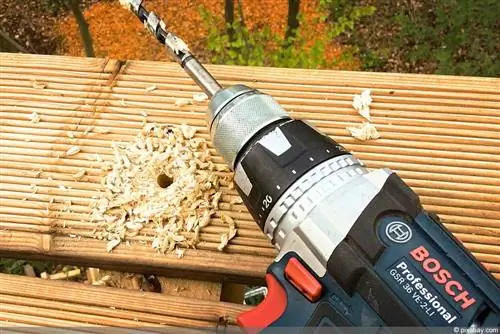- Author admin [email protected].
- Public 2023-12-17 03:39.
- Last modified 2025-06-01 06:48.
If holes have to be drilled into difficult surfaces, the right tool is required. But what should you choose - impact drill or hammer drill? Both variants offer advantages and disadvantages.
Areas of application
Holes can be drilled in different materials with both the hammer drill and the impact drill. The difference is that screws can also be screwed in with an impact drill - as long as the rotation speed is adjusted appropriately and the impact is deactivated. This is not possible with a hammer drill. However, chiseling work can also be carried out with the hammer drill. For example, it is possible to use it to caulk tiles or even remove entire walls.
Materials
Impact drills can drill through softer and harder materials. Wood, plasterboard and even concrete and metal can be processed with it. The hammer drill is primarily suitable for hard materials. Therefore, care must be taken not to drill too quickly or too hard on lighter surfaces.
Effort
Impact drills have a mechanical impact mechanism. This means that the impact force is generated by gears and the impact frequency is very high. However, the impact force is comparatively low compared to a hammer drill. This means that a relatively large amount of force must be applied when using the impact drill. The effort required with a hammer drill is significantly lower because the impact mechanism is driven electro-pneumatically. This means that the device simply has to be aligned and held in such a way that a clean drill hole is created or that not too much substance is removed when chiseling off.
Volume
When using a hammer drill, it always makes sense to wear hearing protection. Due to the high impact frequency, an immense noise level develops. Thanks to its electric drive and lower impact frequency, the hammer drill is quieter and therefore places less strain on your hearing. Here too, it is advisable to wear appropriate protection to protect your hearing and in this way prevent damage. For longer uses or very hard materials, there is only a marginal difference in this area, which can of course also be attributed to the manufacturer and the production of the device.
Price
The prices of hammer drills and impact drills don't differ too much. In general, however, powerful hammer drills are a little more expensive than impact drills, which with a power consumption of 650 watts are already sufficient for most tasks.
Accessories
Impact drills are generally more versatile in use. For this reason, more accessories are usually available for them in the form of bits and attachments.

In addition to the usual drilling attachments, there are also mortising attachments or chisels for hammer drills. These can be used, for example, to remove old tiles from the wall but also to remove natural stone and other hard materials.
Recommendations
Due to their different properties, the impact drill and the hammer drill prove their worth in different situations. Impact drills are all-rounders, but with harder materials you have to use more force. In addition, they cannot be used to remove tiles etc. nor can they be used to remove entire walls. However, this applies to the hammer drill. A potential disadvantage is that no screws can be screwed in with the device. However, if you already have a cordless screwdriver in your equipment and have to work on hard materials more often, you should choose a high-quality hammer drill.
Tip:
Attention should always be paid to safety clothing and equipment, regardless of which type of device you choose. Hearing protection, a mask to protect against dust in the respiratory tract and safety glasses to protect against flying particles, dust and other potentially harmful influences are useful when using a hammer drill or an impact drill.






